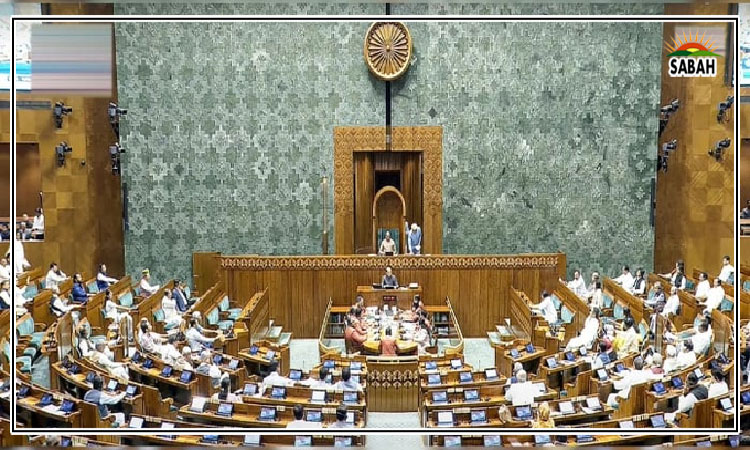Renewable energy sources: Pakistan should turn to China … Shahid Javed Burki
Pakistan has a serious shortage of reasonably priced energy which is affecting the rate of growth of the economy and causing hardship to the people across the country. At the same time, the country is short of foreign funds with which to buy oil and gas from the outside.
It has abundant reserves of low-quality coal buried in the deserts of Sindh. Using this resource for producing electricity would go against the developing global consensus which is setting targets for reducing the consumption of fossil fuels. This reduction is needed to reduce the amount of global-warming gases that mankind throws into the atmosphere.
Global warming is hurting Pakistan by increasing the melting of ice from the mountain tops from which most Pakistani rivers draw water. A time will come when sharply reduced water in the Pakistani rivers would lead to the desertification of the country.
In a study done by the World Bank decades ago, it was suggested that Pakistan should give a high priority to the construction of a cascade of dams on its rivers to store the water that for the moment flows in large quantities as a result of the melting ice. The stored water could be used later when the amount of ice in the mountains is reduced.
However, different governments that came in power since the completion of the Bank’s work paid little attention to the programme on which the institution was placing emphasis. Given these circumstances, Pakistan must rely on such renewable sources of energy as water, nuclear, sun and wind. Some of this is happening.
Much, but not all, of the energy Pakistan uses is produced by the public sector and almost all of it is carried on government-owned transmission system. There are 42 independent power producers (IPPs) that generate power from coal-fired plants.
The energy they produce is carried mostly by the Pakistani Electric Power Company. Currently there are 11 distribution companies and one National Transmission and Dispatch Company (NTDC) — all in the public sector. Karachi is served by the company named Karachi Electric.
The system of production is changing in ways that are visible to those who care to look. Driving back and forth on the motorway between Lahore and Islamabad, I noticed that the farming community was using solar panels to power their tubewells.
For them the cost of buying power from the government system had become very expensive. Installed panels were also visible in the villages that dot the landscape on either side of the road. This is an indication that the people in the rural areas have turned to solar energy in a significant way for providing irrigation water and also for bringing electricity into their homes.
Walking and driving in the streets of Lahore, one also notices solar panels on the roofs of houses and small businesses. This is the way to go but the progress in this direction must be rapid to avoid damage inflicted by the increasingly high prices of conventional sources of energy.
Given Pakistan’s close economic relations with China and given the attention that Beijing has begun to give to developing new sources of energy, Pakistan could turn to Beijing for help for developing some of these resources. Pakistan could make the development of renewable sources of energy an important component of the ongoing China-Pakistan Economic Corridor (CPEC) programme of investment.
Development of energy sources has been an important part of this programme. This was the result of the emphasis put by the previous Sharif administrations in both Islamabad and Lahore to save the country and its people the cost and discomfort of frequent load-shedding when supply of electricity to residences and business was cut for hours every day.
However, most of the investment went into building coal-fired plants. Some of these were pulled out from China and brought to Pakistan as Beijing was beginning to place emphasis on renewable sources of energy. But Pakistan has abundant sources on which an economy relying on renewable could be built. What are needed are sun, wind and cheap land.
At the annual session of China’s legislature in early March, Premier Li Qiang announced that the country would accelerate the construction of solar panel farms as well as wind and hydroelectric projects. This emphasis on renewables is part of Beijing’s effort to reignite its faltering economy. China’s leadership says that it has decided to focus on a “new trio” of industries — solar panels, electric cars and lithium batteries — replacing the old trio of clothing, furniture and electric appliances.
The old trio took advantage of the presence of a large, relatively cheap and disciplined work force. It powered China’s impressive growth of the economy in the three decades after 1980 when the country decided to open itself to the world and invite foreign investment and technology. However, with declining population and increasing wages, the country no longer has those advantages.
It is now turning to activities based on high technology. Focus on the “new trio” activities have resulted in China becoming the major supplier to the world of electric cars and solar panels. The United States feels threatened by China’s technological rise which has reduced American domination in some of these high-tech fields. It has adopted several policies to reduce the access of China to some of the high-tech industries in which it is still dominant.
Pakistan’s demand for electric power far exceeds the amount it produces from various sources. The total amount generated is estimated at 41,557 megawatts while the demand is over 50,000 MW. Fossil fuels account for 59 per cent of total production.
Hydroelectricity produced by the large dams built as parts of the Indus Water Replacement Works in the 1960s account for 25 per cent of the total electric production while 9 per cent comes from the nuclear stations and 5 per cent from wind and a bit more than one per cent from solar.
Of the fossil fuels, 32 per cent is from natural gas, and 14 per cent from coal. With appropriate public policies that include incentives for private enterprise, the amount produced by the sun and wind could be increased significantly. As China’s experience shows, development of solar fields needs a lot of land that can’t be used for agriculture and urban development.
China has developed solar farms in the Xinjiang Autonomous Region which is mostly made up of deserts and mountains. The deserts of Sindh and Balochistan could host such farms.
Courtesy The Express Tribune, March 18th, 2024












